Cancelled flights, airlines without crews due to post-Covid layoffs: and so this time we arrived in Kassel by train, after a fifteen-hour journey in stages. We found out at the last moment that our hotel was only checking in in the afternoon, to guarantee the staff a lunch break; we wandered around the city dragging our luggage around waiting for the concierge to reopen; finally, a concierge who was trying to be nice, sympathetically let us discover other nice things: “There is no actual breakfast, but we can get you a treat, as long as you choose it the day before, which is now. Oh, and be sure: tomorrow morning to eat it show up in the dining room at eight o’clock sharp!” Then he added, in very nice Italian: "Belìssima siniòra, ahahaha!"
There and then I reacted badly, but then I thought about it: this little town of little tourist interest becomes irresistible to us sick psychopaths every five years, who still give credence to the huge global financial imposture called contemporary art and are willing to harassment and inconvenience to see it up close. Fifteen hours by train and questionable hotel services, for what reason? Because we have a fetish for epiphanies. To Kassel, as to the various biennials and triennials and quadrennials and fairs, there go the naive like us, material spiritualists, or spiritual materialists, who look for the meaning of things in things, who make the mistake of milking it out of objects, out of those coagulated thoughts that go by the name of works of art. We are willing to face inconveniences and sneers in order to be fascinated by the irradiation of form.

We have been going to Kassel to see Documenta since 2007. Every time, sooner or later we pass by Brothers Grimm Square, where there is one of the most important works of art of this century. It is a red sandstone parallelepiped, about one meter high. On its front side it bears engraved three golden letters, in capital letters: ICH, meaning “I.” Turning around it, one discovers that it has three steps to climb on it with ease. It is a pedestal. The statue is not there, because anyone who wants to can make it by lending their body. And in fact, passers-by who happen to be there in pairs or groups take turns climbing up that pedestal, to improvise a living sculpture, impersonating “me,” their idea of themselves. They need no instructions or clever captions. They see the pedestal, they understand on the fly, they run on it, they pose, they photograph each other. Some assume a rhetorical posture, imitating the truncated monuments of heroes; some do not hold back and burst out laughing; some rest a hand on their hip and try to embody an impossible naturalness.
This work dates back to 2007, was conceived by satirical cartoonist Hans Traxler and created by sculptor Siegfried Böttcher. Traxler’s intentions were humorous, so much so that he presented it during “Caricature,” an exhibition of satirical cartoons. Beyond the intentions, it turned out to be a work of art in its own right, and good thing the Kassel city administration did not remove it. It is titled Monument to the I, but in German it sounds more solemnly, Ich-Denkmal: the word “Denkmal,” rather than a “monument,” literally means a “thinking,” a device that serves to make people think. It gives me pause that one of the most compelling works of art of these decades was conceived with parodistic intentions.
It does not matter whether Traxler intended to satirize art, continuing a now centuries-old tradition (in this vein I point to Marta Sironi’s beautifully illustrated volume, Laughing at Art. Modern Art in European Satirical Graphics, Mimesis, 2013). His Ich-Denkmal touches a crucial node: the self is a sensitive point, a real political burn, one of the few still productive sources of scandal. It is a bloody contradiction: on the one hand, the self is the inescapable existential condition in which we are all confined; on the other hand, it is continually imputed with the gravest responsibilities. Being selfish is the worst crime. For contemporary ideology, the self is a guilt to be atoned for, like an original sin. It is something too much: emphatic, unpresentable, boastful, megalomaniacal, narcissistic, exhibitionistic. And, simultaneously, it is too little: idiosyncratic, factious, tiny, ineffectual, self-referential; it represents no one, only itself.

Why did I start with the 2007Ich-Denkmal to talk about Documenta 2022? Because this year’s contemporary art exhibition in Kassel is really meant to be a giant antidote to Western culture of the self, especially that which has been embodied in art.
Documenta takes place every five years, and the curators have plenty of time to reflect, devise and decide what cut to give their exhibition. Thus it comes across as an event that captures the spirit of the times and dictates the cultural line of the current era. In this respect, one of its most significant venues is a seemingly marginal corollary: the bookshop. The temporary bookshop set up for visitors is a thermometer of the era we are living in, with its changing conformities and cultural fashions. I wander around the counters and shelves: compared to five years ago, Giorgio Agamben seems to have disappeared, little remains of Slavoj iek, while Boris Groys holds his own. Byung-chul Han, who, moreover, is German, reigns supreme; there is no shortage of Chimamanda Ngozi Adichie, Judith Butler, Silvia Federici, Bell Hooks, Timothy Morton, Paul B. Preciado, eco-criticism, neo-feminism and vetero-patriarchy, theories of sexual genders.
I paced Documenta back and forth for three days. But even a cursory glance would make it jump out at what is the critical point challenged by the curators. The self. The artistic singularity. The works of artists working alone. This edition’s curators are the Ruangrupa, an Indonesian collective active in Jakarta since 2000. They practice radical opposition to the Western art system. How can you blame them? Today’s artists drown in a careerist struggle of all against all to emerge, to establish themselves by affiliating with powerful galleries and wealthy collectors, hoping to enter the circuit of names invited to the shows and fairs that count all over the planet. Under these conditions, one might as well let go of one’s selfish self, join other artists and put talent at the disposal of the community: participate in political battles, social claims, demands for justice. Not works of art, but works of good. This, in a nutshell, is the solution proposed at Documenta by the Ruangrupa, with dozens of examples from around the world, particularly from parts of the planet underrepresented in biennials and museums, from Indonesia to Kenya, from Bangladesh to Colombia.
The first impact was strong. We entered the Fridericianum, but to access the exhibition you have to go through a couple of large rooms occupied by disabled children and young boys. Some were immobilized in wheelchairs; some behaved autistically; some groaned, hinting at gestures and spasms. Each was cared for by an adult who helped them draw, color, interact with objects, shapes, materials: artists lent to creative rescue, therapeutic action, social solidarity. Although it was not an art installation, its vestibular placement was in fact a moral and political prologue to the exhibition, a warning, a living monument addressed to visitors and artists. The suffering of the living is immense, social inequalities are enormous, carbon emissions are carbonizing the atmosphere, wars lie ahead for the basic ingredients of life, water, energy, bread: and you still think about aesthetics, about art, about succeeding as an artist? Are you so worldly as to check who is and who is not at Documenta, who was invited and who was excluded?

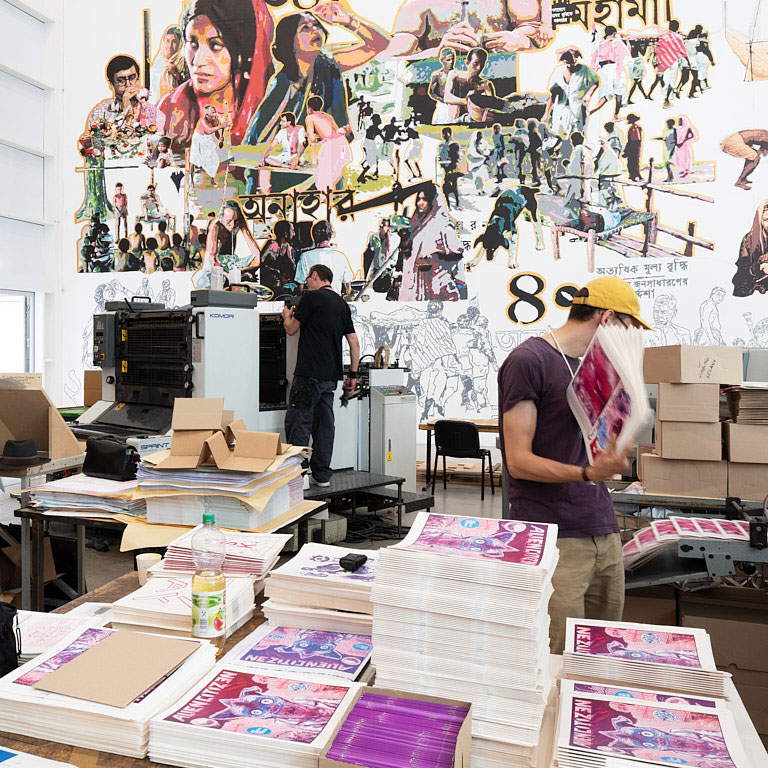
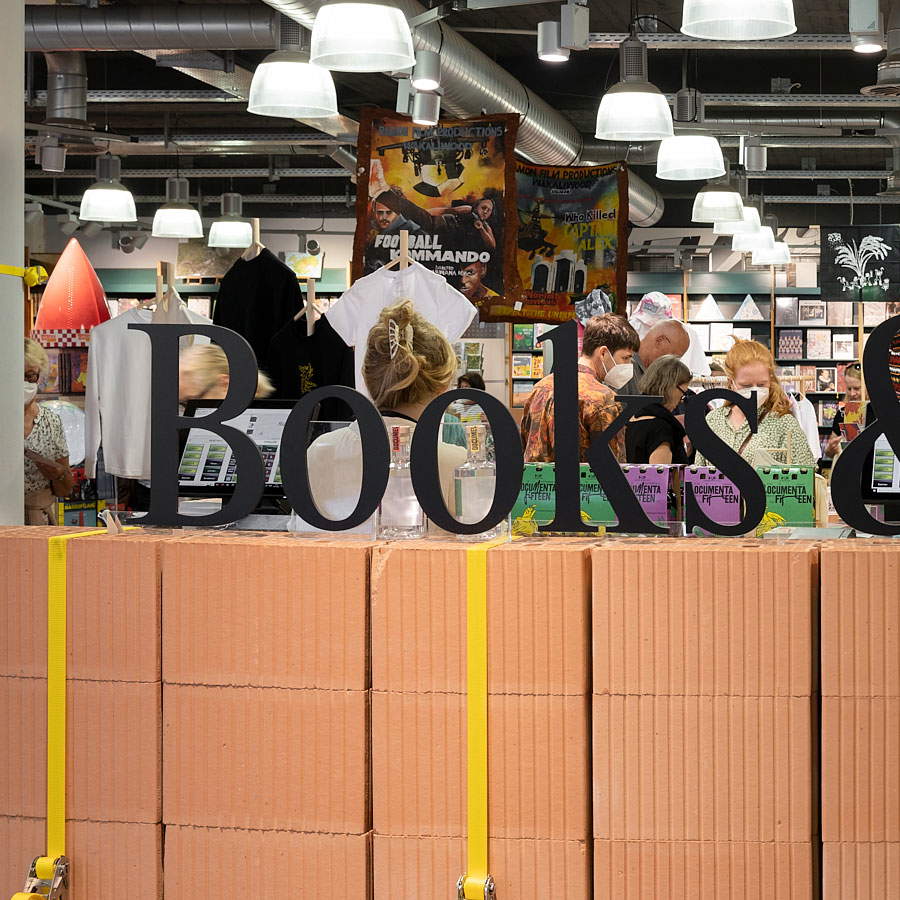
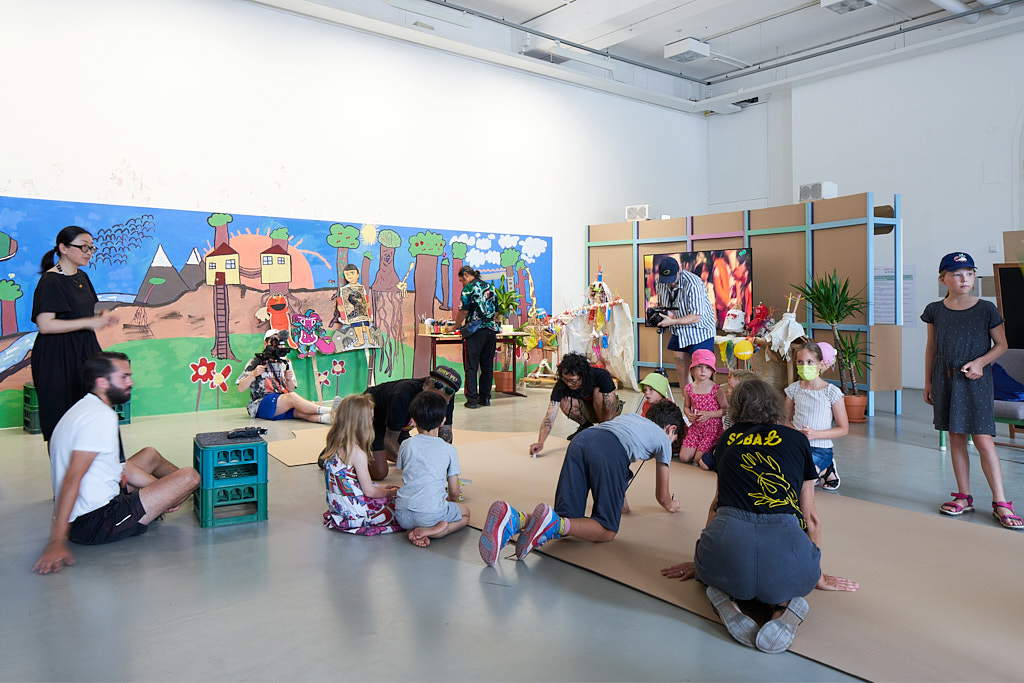
Given these premises, the Ruangrupa - and the co-curators involved in collaborating with them - have called almost only committed artist collectives to Documenta. The problem is that the results are poor. The majority of the works on display are of low quality. They are badly made (recently, Christian Caliandro noted that “badly made” in art is now a trademark). How so? To highlight a rhetoric of urgency? As if these artists don’t have time to go too far out on a limb; the subtlety of formal solutions would reek of aestheticism, luxury, privilege: the hubris of those who have no other problems in life.
The fact remains that most of these works base their value on the social and political battles in which they participate, on the social spillovers they generate. They are often innervated in other neighborhood activities, workshops, public protests. It is no coincidence that, to understand these works, it is necessary to read a wealth of texts, captions and long-winded explanations, which contextualize the environments in which these works arose, the local problems, the specific conflicts in which they were created. A visit to Documenta turns into an indigestion of words. All very interesting: but to me it felt like being plunged into an illustrated assembly of anthropology, politics, economics. And indeed, the perfect visitors for this Documenta are political activists, ethnologists, scholars of alternative economies, certainly not art enthusiasts.
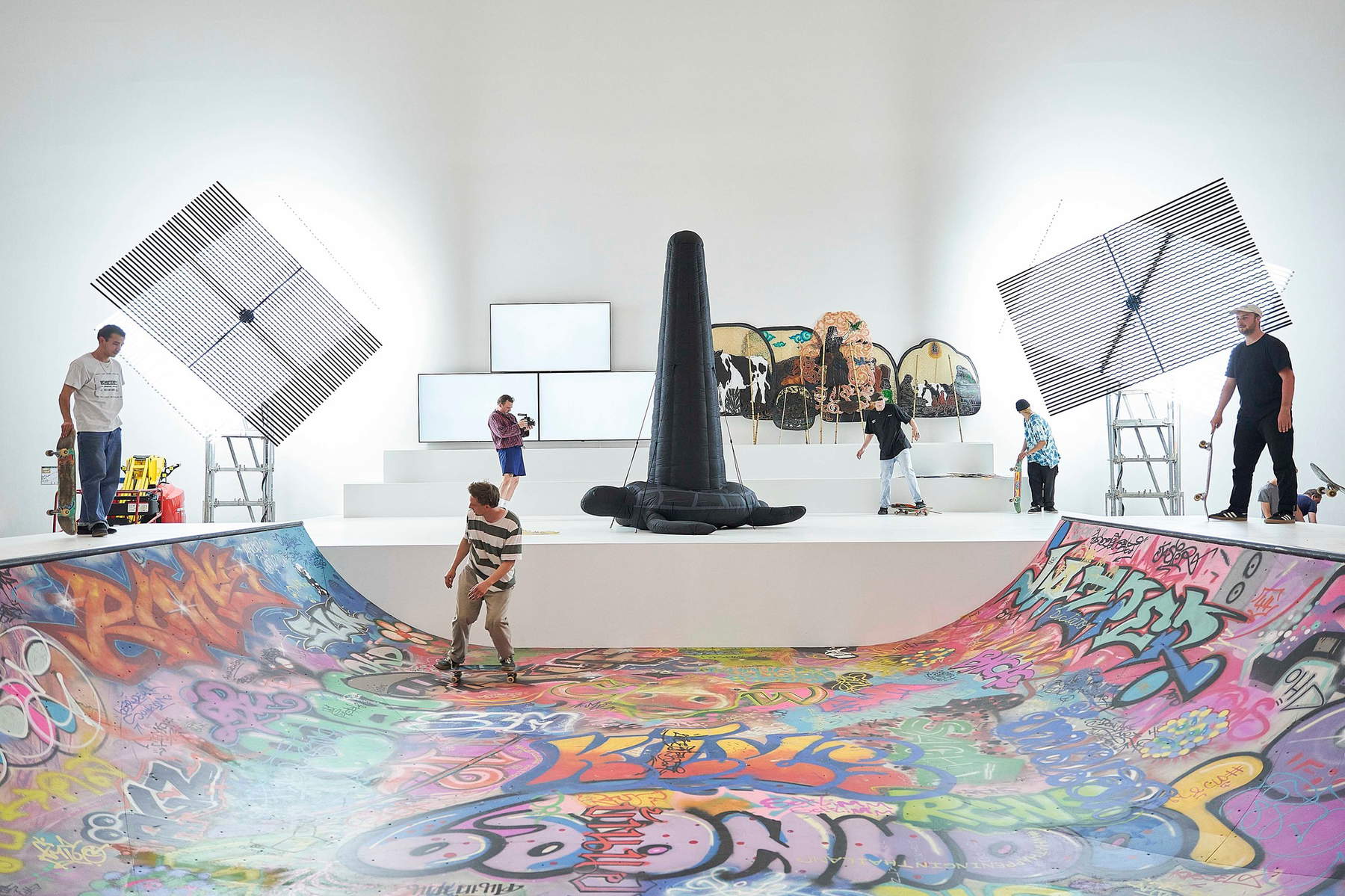

Of course, not everything in this Documenta is mediocre. Among the most compelling works, I choose three in a small personal ranking of my own.
In third place is Saodat Ismailova’s video Bibi Seshanbe, inspired by an ancient folkloric figure from Persian culture. One descends into the catacomb-like cellars of the Fridericianum, under the dark, massive, oppressive, arched vòlts, to enter a clandestine female liturgy; one seems to have an initiatory access to a forbidden world, into another way of thinking, of looking, of illuminating and overshadowing things. It is true that unifying it all is a somewhat international-style, rather polished video-art packaging. But the intimacy of the protagonist, a kind of ancestral Cinderella who has the function of a healing spirit, shows herself and does not show herself, resists our voyeuristic gazes with her mysterious rituals.
In second place I put the installation in the church of Sankt Kunigundis by the Haitian collective Atis Rezistans. Most impressive are the sculptures made of recycled materials, rusty springs, pieces of gutters and skulls, shaping perverse, giggling zombies with monstrous genitalia, a kind of return of the repressed from a patriarchal afterlife, with politically unpresentable sexual exuberance. It is a carnivalesque desecration of human remains; and it is liberating and disturbing that they have invaded this modernist church, now decommissioned by the local diocese, built in 1927, which boasts of being “Germany’s first pre-stressed concrete church” (to say what Kassel offers; but the colossal cubic altar in marble monobloc is remarkable). And on the walls stand two large molded portraits of Haitian heroes past and present, etched on a cilestrine plastic foil with iridescent prismatic reflections, in an alienating convergence of traditional drawing and intractable hyper-contemporary material.
My first place goes to the collection of works by the Indonesian collective Taring Padi, which has been based in Yogyakarta since 1998. The installation in the former Hallenbad Ost swimming pool is the best thing about this Documenta; people (lots of them) wandered happily amidst that exuberance of colors and figures. Dozens of banners, banners, flags, cardboard silhouettes, masks, posters and posters were on display. The characteristic feature of all these works is that they have been used in demonstrations, counter-information campaigns, festive processions organized to engage passersby, attract them and raise awareness, and also because of this they are often colorful, sensually communicative objects. They are works of art that have taken to the streets as artistic weapons; they carry on themselves another kind of aura than that of aesthetic uniqueness: the experiential, militant aura; the aura of combat in the field. They are marred, rippled or worn works, they have suffered some damage precisely because they have been used: they ideally recall the flags of regiments, which are all the more glorious the more they are frayed and stained by the blood of battles.


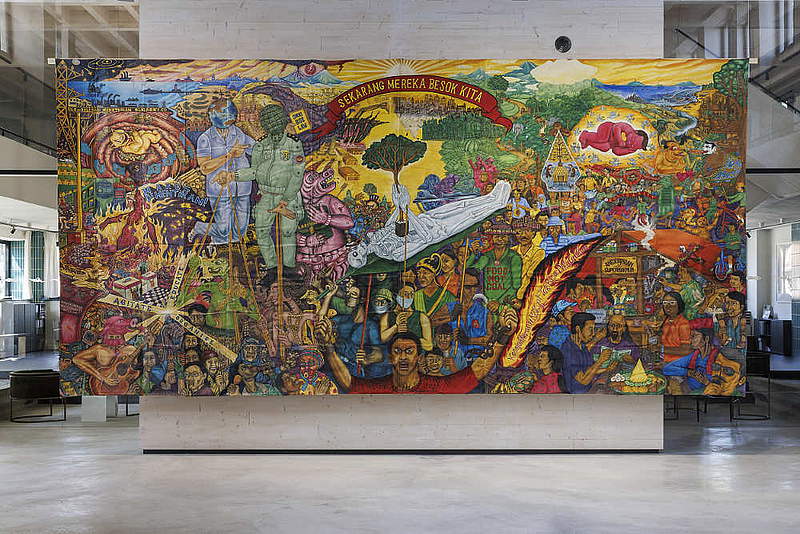
The Ruangrupas, in the exhibition’s introductory text that introduces the catalog, speak of a “much-needed dissolution of ownership and authorship”: they take for granted that the evil of current art consists in ownership and authorship, and that their dissolution is necessary. This is a naïve, and in my opinion dangerous, political program, because it would like to strip artists (who are helpless people) of their authorial status, without realizing that it is precisely copyright - understood both as a cultural garrison and as a legal institution - that defends the autonomy of a work of art. A work is a free claim, made by those who have no power other than artistic talent and formal expertise; but if you take ownership and authorship away from artists, rest assured that works will not end up utopianistically in the hands of well-meaning communities; it is a puerile illusion. It will be the economic potentates who will do what they want with no more restraint, distorting them as they please, reshaping them according to their own purposes. Authorial philology and copyright are sentinels that protect the form of the work of art (and thus its strength), its non-dependence on those who buy it.
With great transparency, the Ruangrupa also describe how they set up the distribution of funds to the artists involved. Their method is inspired by the Indonesian system of lumbung (a solidarity sharing of rice harvests), non-competitive, with assemblies and confrontations: “negotiation has become the name of the game” that the Ruangrupa have decided to trigger at Documenta. I think that negotiation is the opposite of art: the work of art is irreducible, it does not have to come to terms with anything or anyone; not even with the forces of good, right, and beautiful, whether real or presumed. (I can’t help but notice that we are indeed living in challenging times, because the political objections on all sides to the cultural tradition of the modern, to which I too feel myself an heir-and a practicing believer-are challenging us, pushing us to reaffirm what we took for granted, reformulating it in a purer and sharper way.) However, it is not fair to dismiss Ruangrupa’s honest economic and assembly experimentation in a few lines, because their insubordination is yet another confirmation that the situation for artists has become intolerable, and that much of what we call “contemporary art” is a rigged game.
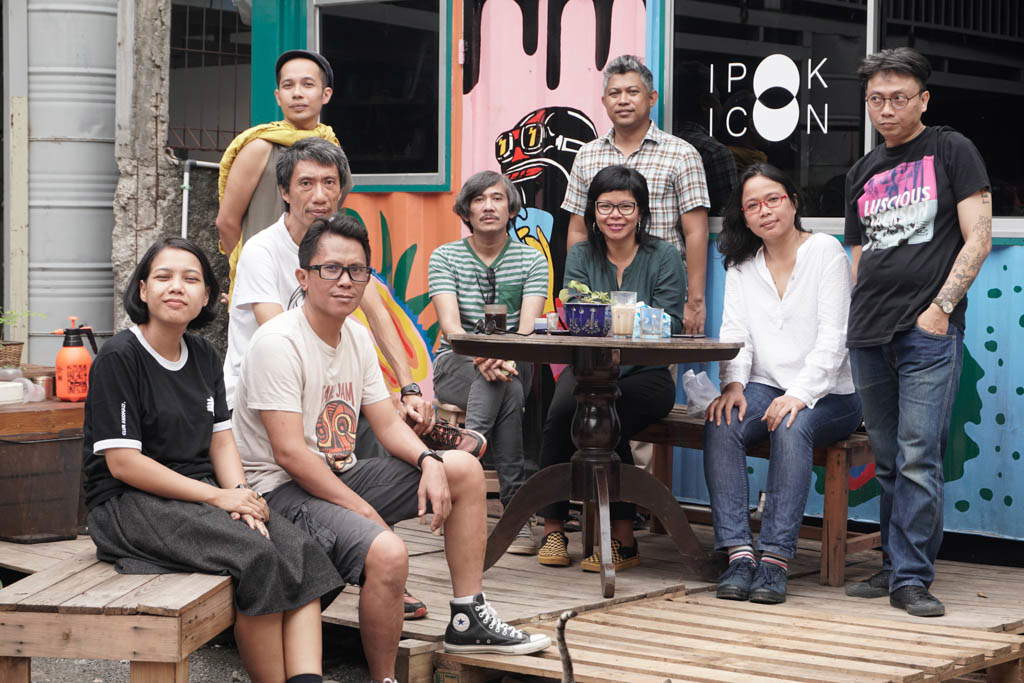
This edition of Documenta has disappointed me compared to the four I have seen so far since 2007. I am sorry, but I have a different idea of art. The works are a struggle with form. Individual artists, often in the single-mindedness of their research (even when working amidst the constant mess and interference of our age) propose useless things that serve forever. I will spare you my favorite examples: each of us has in our hearts and intellects a number of works of art from the past and present that radiate thought, metaphysical thrill, exaltation, acuity, cheerfulness, commotion, recollection, and that have very little to do with trying to redress the injustices of the world.
In Kassel, more than the dissolution of authorship and ownership, unfortunately, I observed the dissolution of form, the expiration of artistic research, its comfortable resting on the “final cause,” as Aristotle would call it: that is, in this case, on social function, the immediate political purpose. Of course, perhaps life for artists would be more exciting if, instead of macerating alone in a studio, they felt part of a fighting, jubilant, supportive community that welcomes them and shares with them their wounds and achievements. But the work of art is something else.
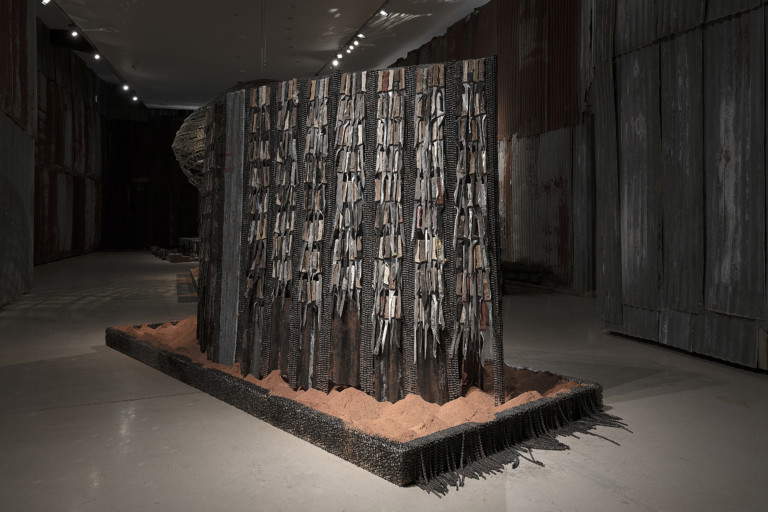
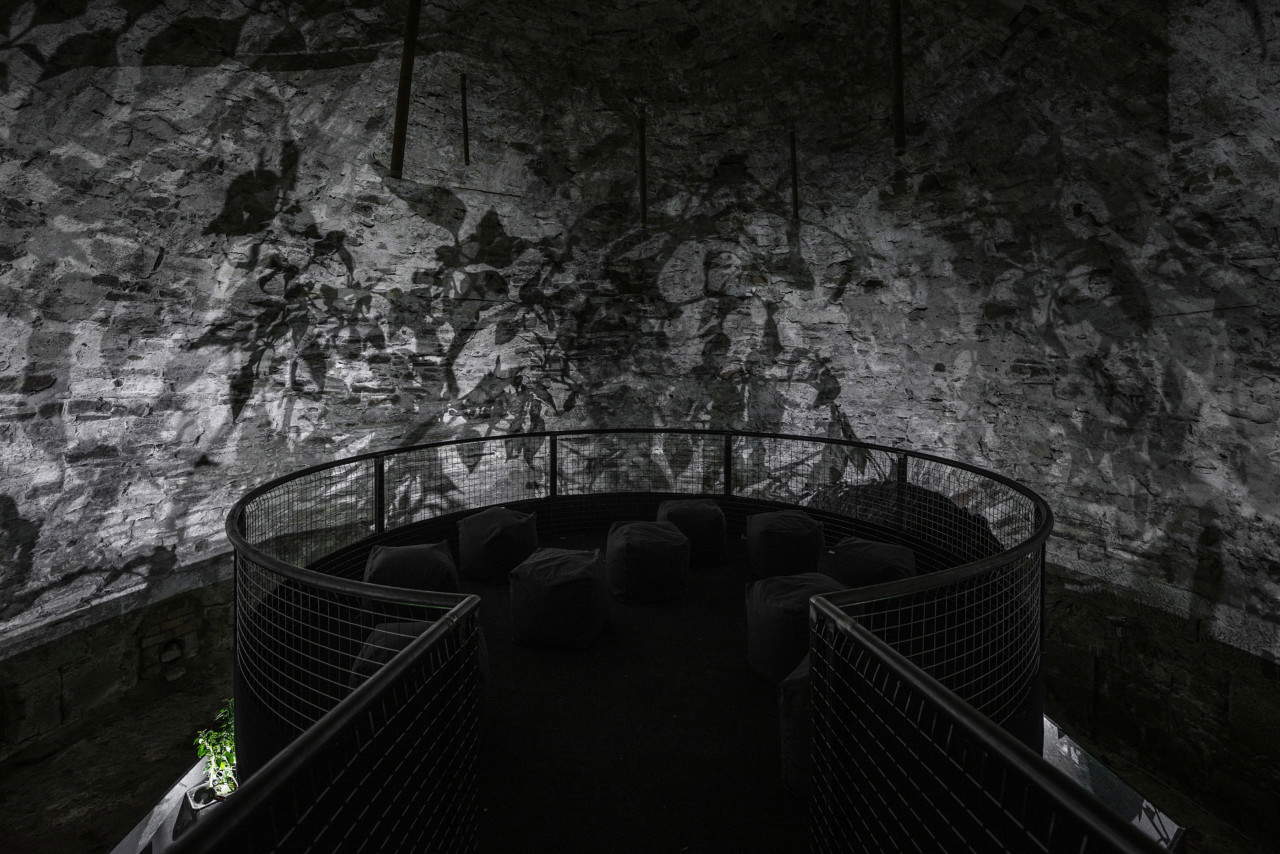
Ruangrupa say, “Different ways of producing art will create different works, which, in turn, will demand other ways of being read and understood: works of art that function in real lives in their respective contexts, no longer pursuing pure individual expression, no longer needing to be shown as isolated objects or sold to individual collectors or museums funded by hegemonic nations. Other ways are possible.” As we can see, the curators mix two quite different things: “individual expression” (the unforgivable sin of the self!) and the current state of the art system. But the solution to Western mercantile distortions (now globalized), in my opinion, cannot consist in the further mortification of artists, who are thus held co-responsible for everyone’s problems because they persist in investigating life and the world through themselves and their own relationship to form.
I would not like Ruangrupa’s, in short, to be a re-presentation of collectivist art in disguise: certainly kinder and less totalitarian; but the toll to be paid would remain unacceptable. In the end, for Ruangrupa it should be an art that is “rooted in life,” that “finds useful solutions for the community.” No, thanks: I’d rather be sick alone, but doing what I’m passionate about. In short, it is a matter of being blunt, and asking ourselves what we really want from artists: that they end it with Western art and aesthetics? That they drop their personal grievances and participate in the agon fighting against injustice? Should the fact then that some successful artists are glorified by capitalism and its conniving cultural officials make us disregard the power of their works? Should we apply against them a kind of moralistic and politicized envy (in the etymological sense of “unwillingness to see,” to recognize their worth)? An ideological, indignant, puritanical iconoclasm? In exchange for what? For a few colorful, carnivalesque, rhetorical banners?
Warning: the translation into English of the original Italian article was created using automatic tools. We undertake to review all articles, but we do not guarantee the total absence of inaccuracies in the translation due to the program. You can find the original by clicking on the ITA button. If you find any mistake,please contact us.